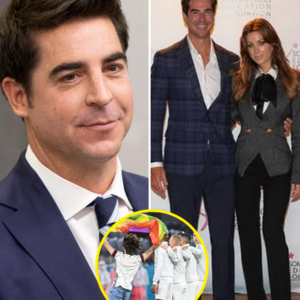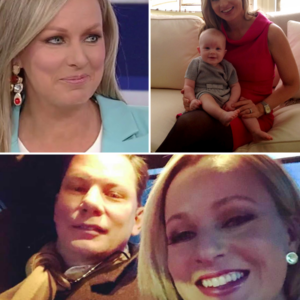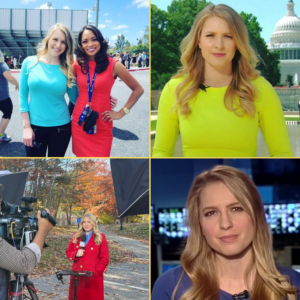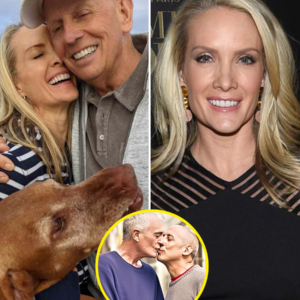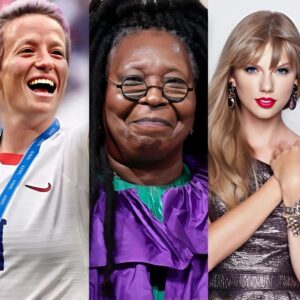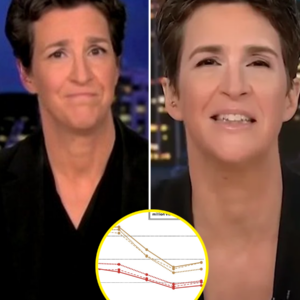The Duke and Duchess of Sussex recently concluded their visit to Colombia, a trip that has garnered attention not just for its content but also for the manner in which it was covered. The couple, who were invited by Colombia’s Vice President Francia Márquez, spent four days in the country, engaging in discussions about social media’s impact and its role in spreading misinformation. However, the coverage of their visit has raised eyebrows, with some questioning the lack of independent reporting and the highly polished nature of the footage that was shared.
Cameron Walker, GB News Royal Correspondent, voiced concerns over the limited and controlled nature of the coverage, noting that the material provided by Harry and Meghan’s team seemed heavily edited. “Usually at this point in a foreign royal tour, I would be giving you the highlights and low-lights and then you guys make up your mind,” Walker remarked on GB News. “To be honest, I’m finding it quite difficult to do. The reason is there was very limited independent coverage of the trip.”
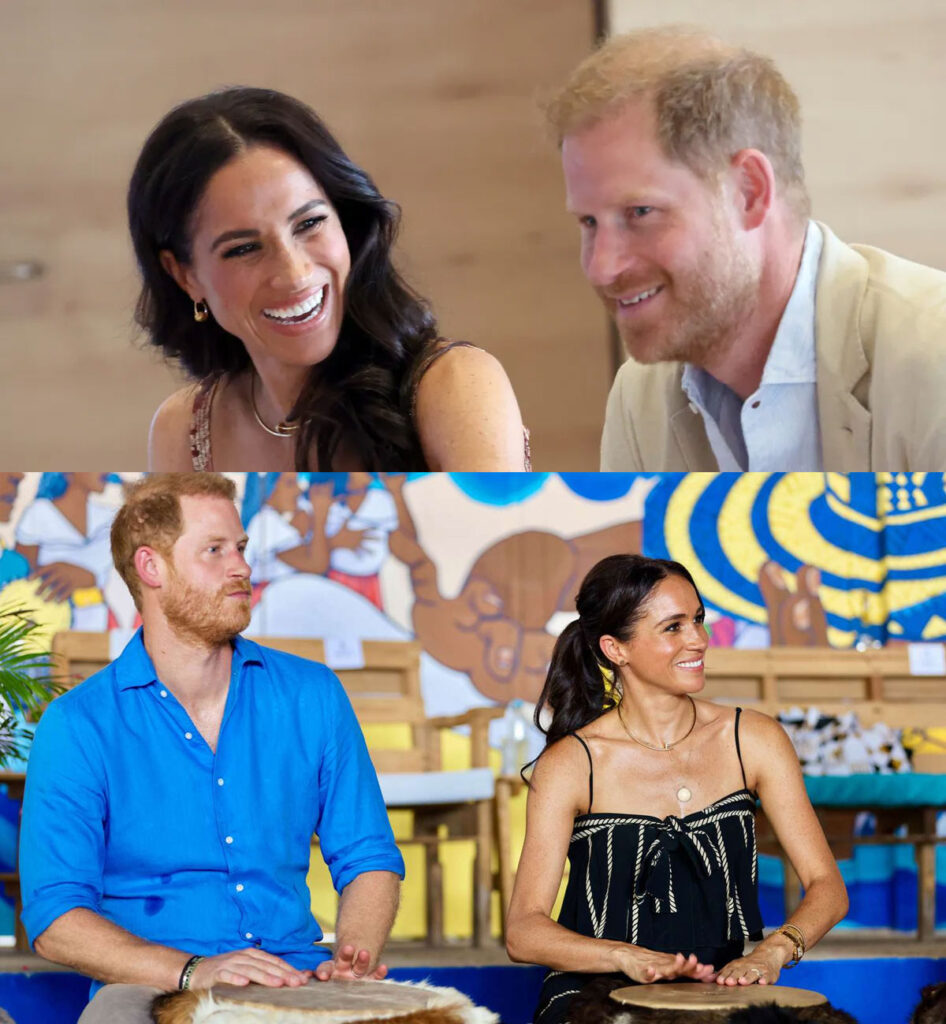
According to Walker, only one pool journalist was permitted to cover the Sussexes during their visit, with that content being shared among other media outlets. This lack of independent journalism, he suggested, created a challenge in delivering an objective account of the tour. “There wasn’t much in the way of independence. Also, the videos and the photographs we were getting from the Duke and Duchess of Sussex’s team were very glossy. Megan looked amazing, Harry looked amazing as well, all smiles, all lovely,” Walker continued.
One of the most notable aspects of the footage, Walker pointed out, was the absence of sound. “But all the footage as you might be able to hear, or not hear I should say, was muted. So you couldn’t hear a lot about what Prince Harry or Meghan were saying. It was all very edited.”
Walker acknowledged that as non-working members of the royal family, Harry and Meghan have the right to control the narrative of their public appearances. “Of course, it is their right because they are no longer working members of the Royal Family. So they can do a royal tour or not a royal tour, whichever way you want to look at it as they please. If they don’t want to share all the pictures with us, so be it,” he said. However, he raised a critical question: “What is their aim?”
One of the more significant moments from the tour, according to Walker, was a comment made by Prince Harry regarding the UK riots. Harry highlighted how online misinformation can quickly manifest in real-world violence, a statement that aligns with one of the central themes of their visit. However, Walker noted that this key moment was not captured by the Sussexes’ own camera team but rather by another camera present at the event. “That quote was picked up by another camera. It wasn’t picked up by Harry and Meghan’s camera and it certainly wasn’t included in the pool copy provided by their team.”
The invitation for the Sussexes to visit Colombia came from Vice President Francia Márquez, who expressed admiration for Meghan and her story. “I learned their story through Netflix and I was moved by it… Meghan is a woman who deserves to come to the country and tell her story,” Márquez said. She added that she had hoped Meghan could share her experiences during a meeting held on July 25 to commemorate Afro-descendant women.
As the Duke and Duchess of Sussex continue to navigate their roles outside the royal family, the tightly controlled nature of their public appearances raises questions about transparency and the messages they aim to convey. While their visit to Colombia may have been a success in terms of their personal engagement, the lack of independent coverage has left some wondering about the true impact of their efforts.
